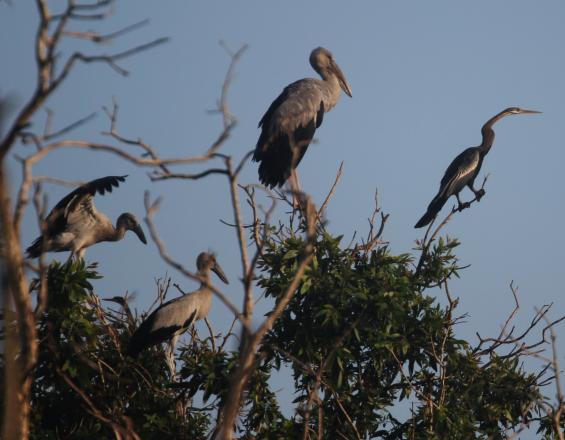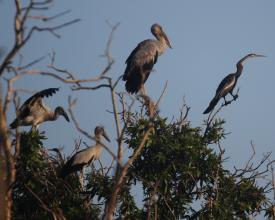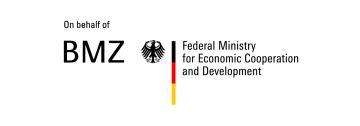
Gestión del agua y los incendios en un bosque pantanoso de turba

La solución recuperó las condiciones naturales y protege 3.900 ha de un ecosistema único de bosque pantanoso de turba. La conservación de los árboles de Melaleuca que se encuentran en este tipo de bosque es una prioridad nacional porque amortiguan las inundaciones, recargan los acuíferos y proporcionan hábitat a especies de humedales en peligro de extinción. Unas 25.000 personas que viven en la zona de amortiguación del parque se benefician del suministro de agua potable y de pequeños peces cultivados.
Contexto
Défis à relever
Ubicación
Procesar
Resumen del proceso
Bloques de construcción
Taller multilateral
Factores facilitadores
Lección aprendida
Gestión del agua
Factores facilitadores
Lección aprendida
Gestión de incendios
Factores facilitadores
Lección aprendida
Impactos
1. Gracias a la mejora de la gestión del agua, no se produjeron grandes incendios. El bosque de melaleuca se recuperó, la biodiversidad aumentó y la población de aves creció un 33% en 3 años, registrándose 9 nuevas especies. La turba es un sumidero de carbono de 2,7 millones de toneladas. 2. El parque suministra una fuente de agua limpia y peces pequeños a 10.000 personas que viven en la zona de amortiguación del parque. 3. Las condenas por saqueo, caza furtiva e infracciones en el parque siguen disminuyendo significativamente.


